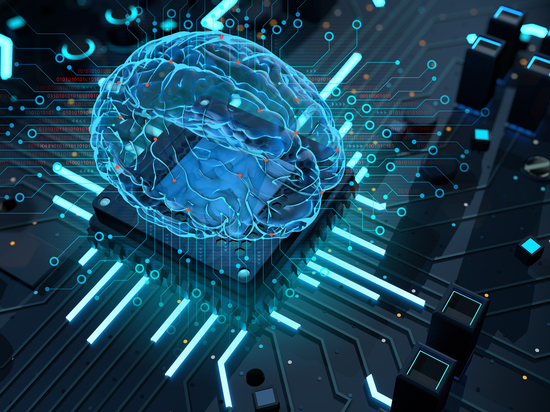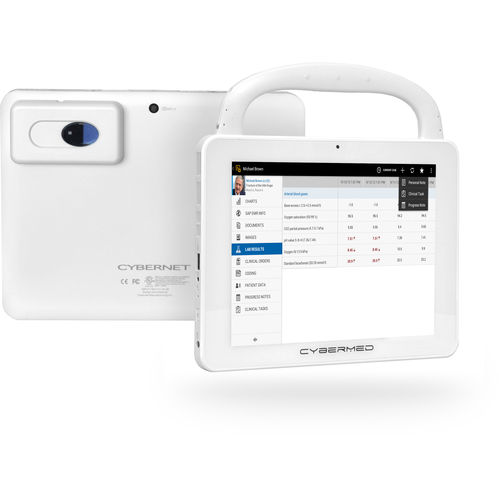
#Industry News
USES OF ARTIFICIAL INTELLIGENCE IN THE LIFE SCIENCES INDUSTRY
Sorting through life to save people
Information overload affects every business sector out there. Take a look at the life science industry, for example. Businesses in biotechnology have to figure out the impact of genetically modified organisms (GMO) on an ecosystem to the effectiveness of oil-eating microbes on an oil spill. Medical device manufacturers weigh the risks of their devices on patients, while contract research organizations (CROs) and contract manufacturing organizations (CMOs) struggle to support their life science clients with their projects.
So it shouldn’t be a surprise the industry is turning to artificial intelligence (AI) and all its subsets like machine learning (ML) for help.
What is the Life Science Industry
The life sciences industry is made up of companies which do research, development, and manufacture of goods and services aimed at improving the lives of organisms. While there are many specific fields (example: bioinformatics, cosmeceuticals, food processing, and nutraceuticals), most break the industry down into four broad areas:
Pharmaceuticals - creation of medicines usually from chemicals and synthetic processes.
Biotechnology - using living organisms like microbes and plants to develop products (example: wine).
Medical devices - treat medical conditions usually through an apparatus, instrument, implant, machine, and even certain software.
CRO / CMO - support the various life science companies in the form of outsourced services.
Pharmaceutical: Getting Vital Drugs Out Faster at Less Costs
The pharmaceutical industry, in summary, is:
Search and sort data for possible new drugs (drug discovery).
Determine the effects of potential new drugs on the human body virtually through DL before testing on volunteers.
Find best candidates for clinical trials.
The development and release of new drugs is a slow and expensive process with a high risk of failure. AI is being used to speed up the process safely with less costs and with increased chances of success.
Biotechnology: Keeping the Risk Under Control
Many of the uses of AI in pharma can be applied to the biotech life science. The two major differences, though, are:
Biotech encompasses far more industries like agricultural, animal husbandry, industrial, etc. Examples in these include:
Manufacture of human insulin through genetically-modified bacteria.
Raising CRISPR-altered animals to provide organs to treat human illnesses like diabetes and heart failure.
Creation of disease-resistance crops.
Modifying cows to produce more milk.
Creating new wines and beers by altering their sources (vines and bacteria respectively)
Develop biofuels from crops like soybeans.
The second is the source material for biotech. Because of its use of living things, there are greater concerns that the technology could go wildly out of control. Genetically modified microbes could mutate and release undesirable effects, for example. Same with GMOs. It’s hoped machine intelligence will minimize such risks through intensive analysis of animal breeding records to virtual testing of molecular designs.
Medical Devices: Data Management
Today’s medical devices generate large amounts of data. X-ray machines and similar devices like CAT scans can take highly detailed internal images for diagnosis by radiologists. Hospital ICU monitoring systems can provide 24/7 surveillance of critical ill patients. And today’s wearables allow patients to monitor their condition on a medical tablet from home, or allow medical staff to do so miles away at the medical clinic.
Shifting through all that data would drastically cut clinicians’ already limited time from patients. Medical devices manufacturers are thus looking into AI to help. Such advanced systems could help monitor and administer the right amount of insulin to diabetics, for example. Or assist radiologists find tumors among a patient’s numerous X-ray images.
Manufacturers are also turning to AI to speed up development time, reduce costs, and improve approval success in a manner similar to pharma and biotech firms. That’s what Todd Morley, director of data science at Medtronic, points out during an interview with Medical Design & Outsourcing: “we anticipate widespread application of AI to manufacturing, including within our supply chain. Industrial engineers have applied statistical methods to manufacturing for decades. However, the convergence of ubiquitous, inexpensive sensors; abundant computing resources; and powerful, highly accurate AI methods such as deep learning and graphical modeling creates new business cases for AI in manufacturing.”
CRO / CMO / CDMO: Providing Aid
Johnson & Johnson, Novo Nordisk, and Abbott are giants in their industries (pharmaceutical, biotechnology, and medical device manufacturing respectively). Despite this, even they have limits in the development and manufacturing of their numerous products.
This is where contract research organizations (CROs) and contract manufacturing organizations (CMOs) come in. These companies support their clients in the testing, refining, and marketing of their products whether it’s new drugs, biotech products, or medical devices. CROs provide Research & Development services, while CMOs ﹘ unsurprisingly ﹘ focus on the manufacturing side. Those that do both are called contract development and manufacturing organizations (CDMO).
All these contract organizations use AI in a similar manner to the larger companies. CRO CellChorus pioneered using AI in single cell analysis, while CRO twoXAR uses AI for drug discovery. How such companies use their resources and technology varies on their clients and even the industry. Andrew Henderson, chief commercial officer at Sterling Pharma Solutions, a CDMO, summarized CMO and CDMOs’ roles: “Smaller or virtual biotechs rely almost entirely on outsourcing across all disciplines; mid-size pharma invests in core activities internally such as R&D and commercialization, but not manufacturing; and large pharma strategically outsources manufacturing in order to use assets efficiently.”
Closing Thoughts
Artificial intelligence is playing a huge role in improving many industries. This includes the massive field of life sciences, which most businesses engage in four groups: pharmaceutical, biotechnology, medical device manufacturing, and contract organizations. Because of the tremendous amounts of data coming in, many are adding AI, ML, and more to help from data mining to simplifying manufacturing processes.
Contact an expert at Cybernet if you’re interested in learning more about adding AI to your life science business.








